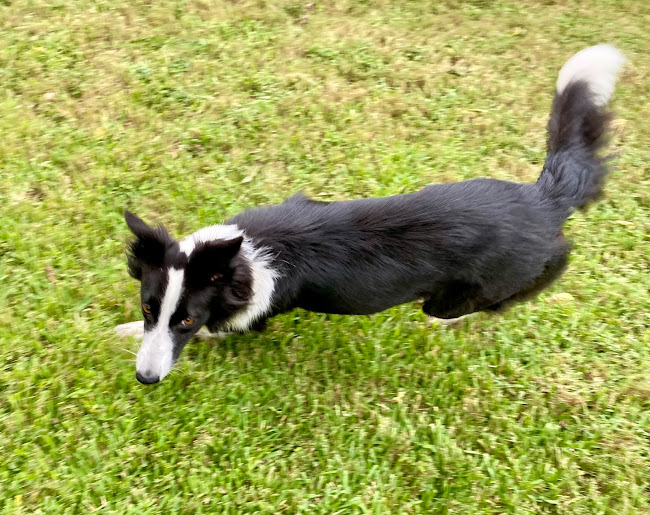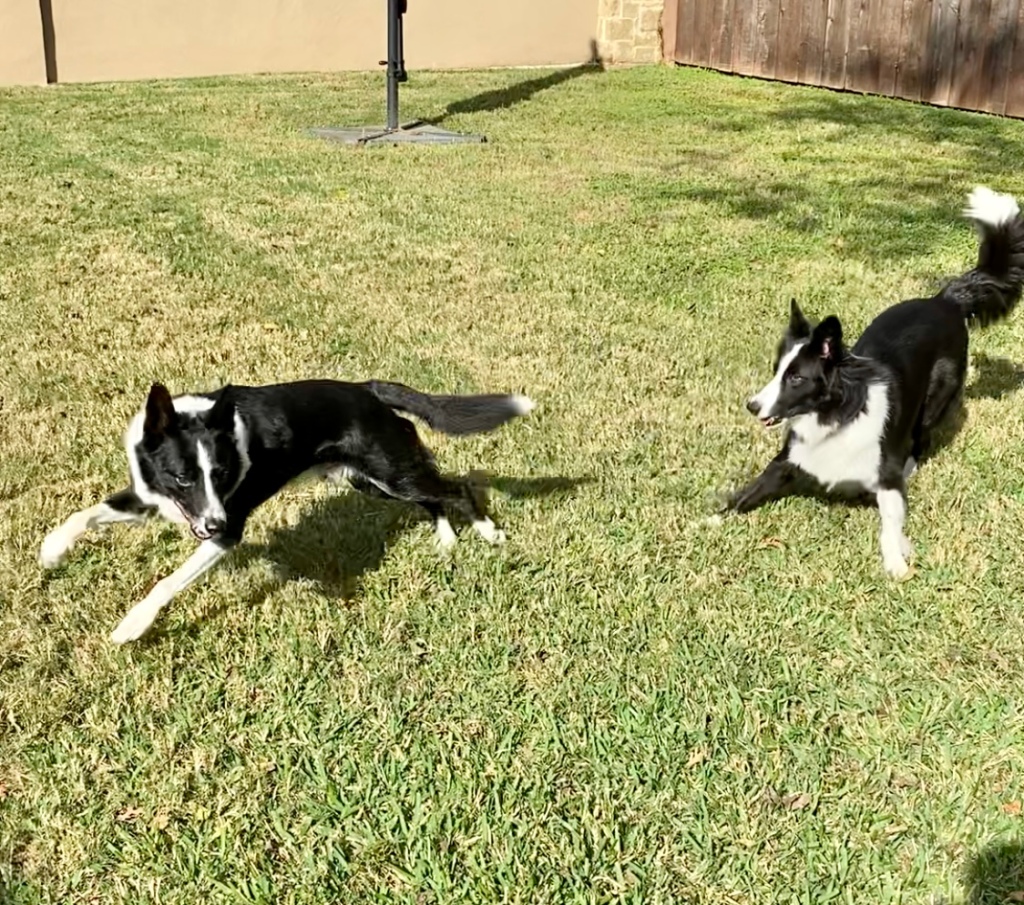In the beginning of domestication, dogs were bred only for working. Dog breeds always reflect the function for which the dog was originally bred. Selective pressures were based on the work that dogs did to help humans, and we still classify dog breeds based on the work for which they were originally bred.

Original proto dogs that were recently evolved from wolves and our modern dogs share modal action patterns, or MAPs, which are a behavioral sequence that is indivisible and will run to completion once triggered. We know that behavior is subject to variation between individuals.
Dog breeds exhibit breed-typical behaviors due to selective pressures and developmental environments. Selective pressures including breeding for specific traits such as herding, hunting, guarding, or companionship, shape behavior by favoring dogs with desired characteristics.
Developmental environments including early socialization, training, and environment also play a crucial role in molding breed-typical behaviors. Herding breeds like border collies exhibit innate herding behaviors due to selective breeding while hunting breeds like Labrador retrievers display retrieving instincts honed through selective breeding and training.
Dog behaviorists must understand however that a dog’s breed is not always a good predictor of behavior. It’s more likely that while behavior traits are heritable (passed from parents to offspring), breed alone is not a good predictor of behavior. In other words, you may have a very friendly pug and also a very friendly poodle, but you may also have a border collie that howls a lot and a corgi that also howls a lot.
As an example, I have a personal “stereotype” that golden retrievers are easy to train, eager, intelligent family dogs that are reliable with children, but that probably isn’t as breed-related as it is related to the individual’s parents and their rearing/environment.
Research (Morrill et al 2022) points to the idea that the breed of a dog is more predictive of how the individual will look (color, coat, size, facial features) than how that individual will behave.
If I adopt a Boston terrier, I can be fairly sure that individual will be compact, short-nosed, smooth coated (how it looks). Will it also be easy to train, pleasant, and intelligent (characteristics often attributed to golden retrievers)? Possibly. Will the Boston terrier be very energetic and need lots of exercise (again often attributed to golden retrievers)? Also possible.
In general the breed Boston terrier is a better predictor of how the dog will look than how it will behave, and I admit I agree with the ideas from new research that challenge my own breed biases.
Breed-Typical Task Efficiency
For breed-typical task efficiency, factors such as genetics, temperament, physical attributes (size, strength, agility), and specialized training are crucial. Dogs often excel in tasks specific to their breed.
In general, dogs from the sporting group need lots of exercise, love running and swimming, and are athletic and intelligent. Sporting dogs were originally bred as tracking dogs.

Dogs from the hound group generally have excellent olfaction abilities, and good vision, and have varied activity levels depending on the individual breed.
Working dogs are large, strong, and powerful dogs that are excellent guard, police, or rescue dogs. They are labor-intensive assistants and tend to be large, powerful, and strong.
Terriers tend to be small and loving. They are often not friendly to other animals since they were bred to hunt small animals on farms. This popular group has loving personalities and puppy-like features but is often described as difficult to train.
The toy group has dogs that are smaller than other breeds but have big personalities. They fit comfortably into apartment dwellings and make excellent watchdogs. Some toy dogs like the Chihuahua, who originated from Mexico, are very small but excellent companions that while easily provoked are very loyal to their person.

The herding group is a subsection of the working group. These working dogs excel at herding, and that includes behaviors such as nipping and barking. Known to "require a certain skill set" they are nevertheless some of the most intelligent and endearing dogs-- my favorite group.

Dogs with multiple ancestors are sorted into the non-sporting group. This group of medium to small dogs is not well defined. This group includes wonderful specimens like the poodle, bulldog, and the Boston terrier.

Precious or Predatory? What is Predatory Drift?
Predatory behavior is the observable display of predatory instinct to chase prey. Predatory behavior has largely been bred out of dogs but it is still seen, for example when a dog fetches, chases cars, sniffs while hunting, or shakes a stuffed animal. Predatory behavior in dogs refers to instinctual behaviors related to hunting, such as stalking, chasing, and capturing prey.

Predatory drift occurs when a dog crosses the line and tunes us out because their instincts take over. Predatory drift is potentially dangerous and can be triggered by pain, excitement, or the fight-or-flight response. Predatory drift occurs when a dog's predatory behavior escalates unexpectedly, leading to potential aggression toward humans or non-prey animals.
The variability of predatory behavior between different dog breeds and individuals within each breed is influenced by genetics, breed history, training, and socialization. Breeds with strong hunting instincts, such as terriers or hounds, may exhibit more pronounced predatory behavior, while breeds with lower prey drive may show less interest in hunting behaviors. Individual experiences, temperament, and environmental factors furthe

















